Description
Introducing the book The Pastures of Heaven
When Paradise Ranges was first published in the fall of 1932, almost no one knew about the novel. At the time, John Steinbeck was not as well-known as the author of Clusters of Wrath, and he had a long way to go before he became famous and won the Nobel Prize in Literature in 1962. According to the inhabitants of the heavenly pastures, the battlefield was cursed and was a place of ghosts for its children. Although its land was fertile and water was good to it, none of the valley dwellers wanted it. In a house on this farm, this book is sold by Yar Mehraban online store.
John Ernest Steinbeck Jr. (February 27, 1902 – December 20, 1968) was a prominent American author and winner of the 1962 Nobel Prize in Literature. He is recognized by the Nobel Academy for his realistic and imaginative writings combining humor and intense social perception. He has been called the “giant of American words” and many of his works are considered classics of Western literature.
A summary of John Steinbeck, his thoughts and works
He wrote 33 books during his writing career. These books include 16 novels, 6 non-fiction books and two collections of stories. He is best known for his comic novels Tortilla Flat (1935) and Cannery Row (1945), The Epic of Generations East of Heaven (1952), and his novels The Red Pony (1933) and Mice and Men (1937). His Pulitzer Prize-winning book Clusters of Anger (1939) is considered Steinbeck’s masterpiece and part of American literary law. His works have sold more than 14 million copies so far.
Most of Steinbeck’s books are in central California, especially in the Salinas Valley and the California coast. His works often deal with themes of destiny and injustice, especially of the oppressed heroes or all.
The list of John Steinbeck books is as follows:
Arthur King and Heroes Roundtable
In a suspicious battle
Order of canners
The short reign of Pepen IV
East of Paradise
Wandering bus
The Grapes of Wrath
Mice and humans
The moon is hidden
winter
Pearls
Plain of Paradise
Long valley
death and Life
Once upon a time there was a war
Red Horse
Russian travelogue
Golden Cup
To the Unknown God

Biography of Steinbeck and the early days of his life
Steinbeck was born on February 27, 1902 in Salinas, California. He was of German, English and Irish descent. He entered the United States in 1858.
His father served as treasurer of the city of Monterey. John’s mother, Olivia Hamilton (1867–1934), a former schoolteacher, shared a passion for reading and writing.
Steinbeck lived in a small rural valley in one of the most fertile areas of the world, about twenty-five miles off the Pacific coast.
He worked summers on nearby farms and later with migrant workers on sugar beet farms. There he became acquainted with the harsh aspects of immigrant life and the dark side of human nature, which provided him with the material described in the book Mice and Humans. He explored his surroundings, passing through forests, fields and local farms.
While working for a sugar company, he sometimes worked in a laboratory, giving him the opportunity to write.
John Steinbeck graduated from Salinas High School in 1919 and went on to study English literature at Stanford University near Palo Alto, leaving in 1925 without a university degree.
He traveled to New York City and did strange things while trying to write. When he failed to publish his work, he returned to California and in 1928 worked as a tour guide and caretaker on Lake Tahoe, where he met his first wife, Carol Henning. They were married in Los Angeles in January 1930. There he and his friends earned money by making plaster mannequins.
When they ran out of money six months later due to the recession, they went to a cottage owned by his father on the Monterey Peninsula a few blocks outside the city of Monterey.
In 1930, Steinbeck met with marine biologist Ed Ricketts, who became a close friend and mentor the following decade and taught him much about philosophy and biology.
Between 1930 and 1936, Steinbeck and Ricketts became close friends. They formed a bond based on their love of music and art, and he learned the biology and ecological philosophy of Ricketts.
About writing and books
Steinbeck’s first novel, The Golden Cup, published in 1929, is based on the life and death of Henry Morgan.
Between 1930 and 1933, Steinbeck wrote three shorter books
Published in 1932, The Pastures of Paradise contains 12 interconnected stories about a valley near Montreux, discovered by a Spanish soldier while chasing fugitive Indian slaves.
In 1933, Steinbeck published The Red Settlement. A 100-chapter story with 4 chapters about his own childhood memories.
Steinbeck’s first success was with Tortiaflet (1935). The novel was written in post-war Montreux, California and won the CIS Gold Medal. This book depicts the adventures of a group of usually homeless young people in Monterey after World War I. They are portrayed in ironic comparisons with mythical knights and reject almost all of American society’s standard criteria for enjoying a cohesive life of wine, lust, camaraderie, and petty theft.
Steinbeck began writing a series of short stories called “California Novels” and Dust Bull, which became popular with ordinary people during the Great Depression. John Steinbeck’s books included Suspicious Battle, Mice and Men, and Clusters of Anger.
He also wrote an article entitled Harvest Gypsies for the San Francisco News on the Status of Immigrant Workers.
Steinbeck pursued his success with Clusters of Anger (1939), based on newspaper articles he wrote about migrant agricultural workers in San Francisco. This book is usually considered his greatest work.
According to the New York Times, it was the best-selling book of 1939, and by February 1940, 430,000 copies had been printed. In the same month, he won the National Book Award with the votes of American booksellers.
Later that year, he won a Pulitzer Prize and a film directed by John Ford, starring Henry Fonda as Tom, was adapted from his book. Fonda was nominated for an Academy Award for Best Actor.
The book Clusters of Anger was controversial. Steinbeck’s comments led to reactions against him with a negative critique of capitalism and sympathy for the workers’ situation.
1- Introducing the book The Pastures of Heaven on YouTube
2- Introducing the book The Pastures of Heaven in Aparat

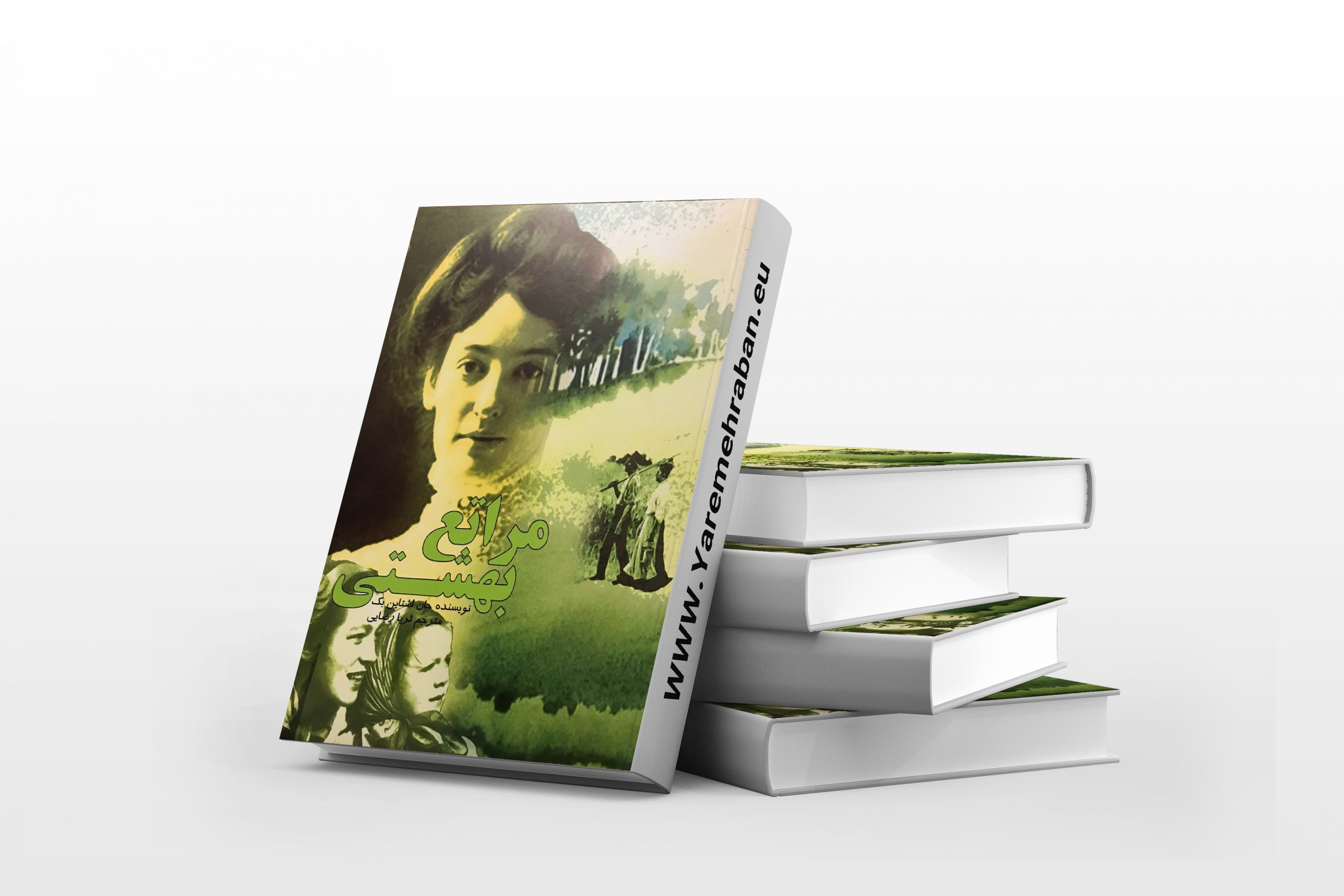

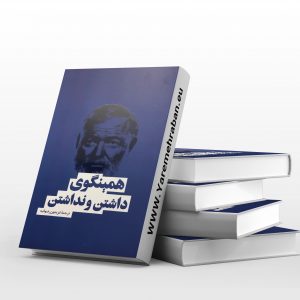
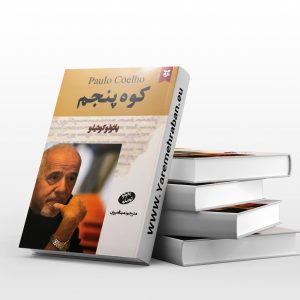


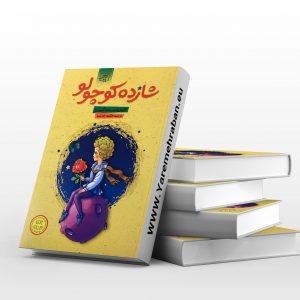
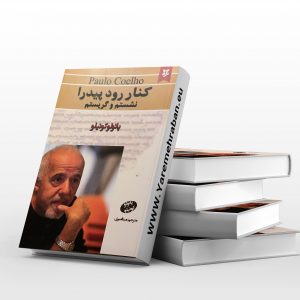

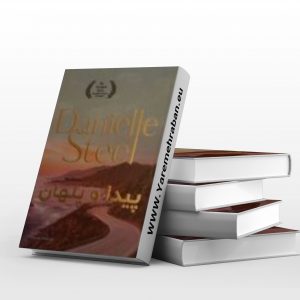



Reviews
There are no reviews yet.